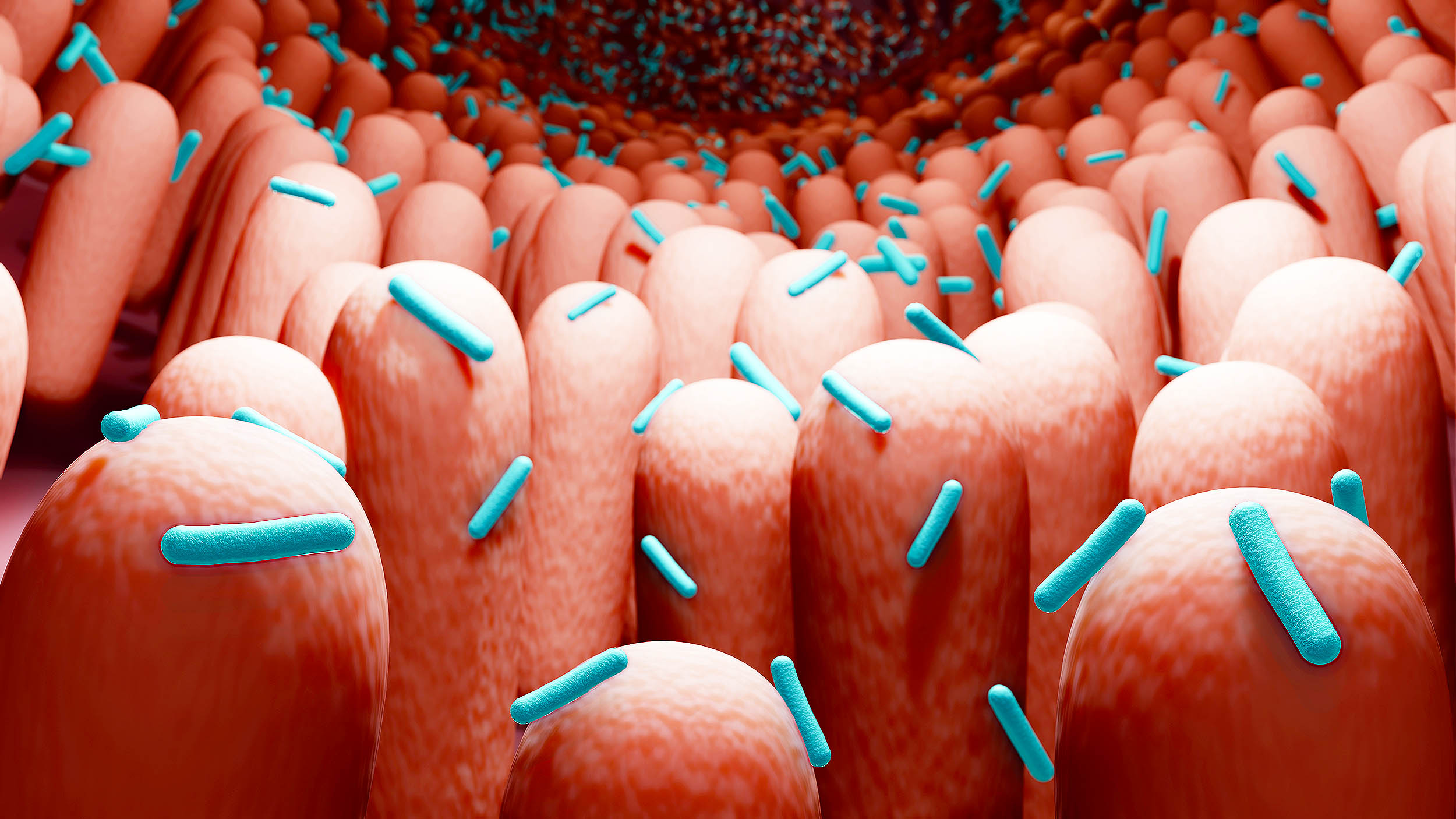MIT researchers recently studied a region of space called the Taurus Molecular Cloud-1 (TMC-1) and discovered more than 100 different molecules floating in the gas there — more than in any other known interstellar…
Blog
-

PCI With A Sirolimus-Eluting Balloon And Provisional Stenting Shows Comparable Outcomes To Routine DES Implantation For Treatment Of De Novo Coronary
New study results from a large international all-comer population of percutaneous coronary intervention (PCI) candidates found that utilizing a strategy of sirolimus-eluting balloons with bailout stenting only if necessary was noninferior to routine drug-eluting stent (DES) implantation as part of the treatment for de novo coronary artery disease.
Findings were reported today at TCT® 2025, the annual scientific symposium of the Cardiovascular Research Foundation® (CRF®). TCT is the world’s premier educational meeting specializing in interventional cardiovascular medicine.
DES are implanted in the vast majority of PCIs with well-established immediate and mid-term outcomes. However, long term follow-up studies have reported annual adverse event rates of 2-4%. This has led to a growing interest in strategies that minimize metallic stent implantation to potentially reduce late events. The study used the SELUTION SLR Drug-Eluting Balloon (DEB) which delivers a sustained drug release maintaining therapeutic tissue concentration for up to 90 days designed to have a similar elution profile to current DES.
Between August 2021 and July 2024, a total of 3,341 participants were randomized one to one to either the DEB (n=1,671) or DES strategy (n=1,670) at 62 sites in 12 countries across Europe and Asia. Patients with lesion reference vessel diameter (RVD) ≥2.0 and ≤5.0 mm were eligible for inclusion. Baseline characteristics were similar in both groups, with a relatively high proportion of patients presenting with acute coronary syndromes or having high bleeding risk. Randomization occurred after angiography when all target lesions were considered suitable for either strategy and prior to lesion wiring and lesion preparation. Eighty percent of participants treated with the SEB did not require a stent.
The primary endpoint of target vessel failure, comprised of cardiac death, target vessel-related myocardial infarction and clinically driven target vessel revascularization, occurred in 5.3% of the DEB strategy group and 4.4% of the DES strategy group at one year (Risk Difference 0.91, 95% CI: -0.55, 2.38%, Pnoninferiority=0.02). No acute or late safety concerns were noted with the DEB strategy, with low rates of cardiac death (0.70% vs 1.0%), lesion thrombosis (0.1 %vs 0.3%), and target vessel myocardial infarction (2.7% vs 2.6%) comparable with DES.
The SELUTION DeNovo trial provides the first comparison of a PCI strategy based on the use of sirolimus-eluting balloons versus systematic implantation of DES in a large international all-comer population of PCI candidates. With no acute or late safety concerns, these results apply to a significant segment of PCI procedures including high-risk patients and complex lesions. We look forward to obtaining five-year data to determine long-term noninferiority or possible superiority of this strategy.”
Christian M. Spaulding, MD, PhD, Chief, Integrated Interventional Laboratory at European Hospital Georges Pompidou in Paris, France
The study was funded by M.A. Med Alliance SA (a Cordis Company), Switzerland.
Dr. Spaulding reported receiving grant /research support from the French Ministry of Health, CERC; consultant fees / honoraria from Medtronic, Techwald, Sanofi, Novartis Sonivie, Valcare and Boston Scientific as well as individual stock(s)/stock options/salary support from Cordis (MedAlliance) and Sonivie.
The results of the study were presented on Sunday, October 26, 2025, at 11:00 a.m. PT in the Main Arena (Hall A, Exhibition Level, Moscone South) at the Moscone Center during TCT 2025.
Source:
Cardiovascular Research Foundation
Continue Reading
-

Today’s NYT Connections: Sports Edition Hints, Answers for Oct. 28 #400
Looking for the most recent regular Connections answers? Click here for today’s Connections hints, as well as our daily answers and hints for The New York Times Mini Crossword, Wordle and Strands puzzles.
Today’s Connections: Sports Edition is…
Continue Reading
-
Just a moment…
Just a moment… This request seems a bit unusual, so we need to confirm that you’re human. Please press and hold the button until it turns completely green. Thank you for your cooperation!
Continue Reading
-

Spotify brings video podcasts and music videos to its Apple TV app
Spotify has announced a redesigned version of its Apple TV app that the company says has been “rebuilt from the ground up for a faster, smarter, more visual experience.” The tvOS version of the Spotify app is also gaining several welcome…
Continue Reading
-
Nanopore Metagenomics Gets Real-Time Analysis with MARTi Software – Genetic Engineering and Biotechnology News
- Nanopore Metagenomics Gets Real-Time Analysis with MARTi Software Genetic Engineering and Biotechnology News
- New software tool fast-tracks identification and response to microbial threats Phys.org
- Revolutionary Software Tool MARTi Accelerates…
Continue Reading
-
Nanopore Metagenomics Gets Real-Time Analysis with MARTi Software – Genetic Engineering and Biotechnology News
- Nanopore Metagenomics Gets Real-Time Analysis with MARTi Software Genetic Engineering and Biotechnology News
- New software tool fast-tracks identification and response to microbial threats Phys.org
- Revolutionary Software Tool MARTi Accelerates…
Continue Reading
-

New data show hefty primary care RSV burden in young kids, older adults
Two Dutch studies evaluating rates of respiratory syncytial virus (RSV) infection in younger and older age-groups reveal substantial primary-care burdens in both.
Youngest children most affected
The adjusted pooled incidence of RSV among preschool…
Continue Reading
-

New virus-like life forms found in the human body: “It’s insane”
Humans carry around a busy community of microbes that help run daily life. This microbiome breaks down food, trains the immune system, and competes with germs.
Scientists just spotted something unexpected inside those communities: tiny circular
Continue Reading
-
Just a moment…
Just a moment… This request seems a bit unusual, so we need to confirm that you’re human. Please press and hold the button until it turns completely green. Thank you for your cooperation!
Continue Reading
